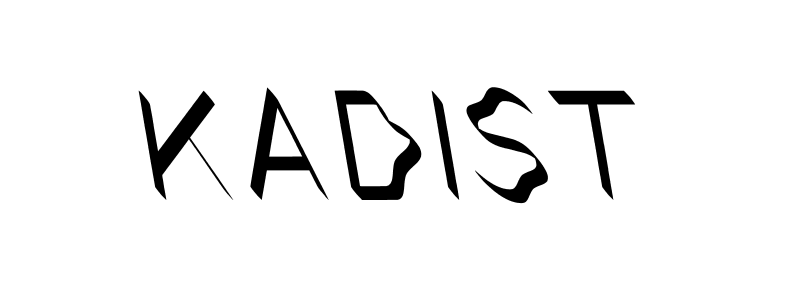Phenomena
2009 - Sculpture (Sculpture)
Yang Xinguang
Although seemingly unadorned at first glance, Yang Xinguang’s sculptural work Phenomena (2009) employs minimalist aesthetics as a means of gesturing towards the various commonalities and conflicts between civilization and the natural world. Comprised of rudimentary planks of wood hammered together into a rectangular form, Yang’s work uses reclaimed materials from everyday life and seems deliberately in conversation with Arte Povera, the art movement that originated in Italy during the late 1960s where practitioners produced art from found and common materials as an act of resistance against the decided commercialization of the art world through market economies. Yang, by extension, pays close attention to his materials in attempt to release the forms within them rather than impose his own. He rarely adds anything to the materials that he uses; instead, he chisels, pares and scrapes the excess away, allowing his completed works to emerge through a combination of happenstance and almost meditative handwork. In Phenomena , Yang’s handwork becomes apparent in a constellation-like form scratched into the wood. Suddenly, the nails and knots in the wood’s surface become vertices in a larger web of connecting lines, suggesting the inexorable interconnections between our alternately fabricated and naturally occurring environments. Rather than privileging one over the other, Yang’s work invites us to contemplate these relationships and how these coessential phenomena define our existence.
Yang Xinguang is an artist whose work explores the interconnections between the natural world fabricated materials in a post-industrialist society. His work is deliberately restrained and frequently uses reclaimed materials such as found wood planks, a gesture that recalls the Arte Povera movement’s commitment to using un-rarified and common materials in art making practice. His work is also deeply invested in exploring the phenomenological relationship between viewers and artworks, and his sculptural installations gesture towards Minimalist traditions, inviting viewers to pause and consider their own relationship to their surrounding space.
Colors:
Other related works, blended automatically

© » KADIST
Geoffrey Farmer
2009Ongoing Time Stabbed with a Dagger was Farmer’s first kinetic sculpture that added a cinematic character to an “ever-reconfiguring play presented in real time.” The assembly of various objects and props on top of a large platform constitutes not only a work, but, to a certain extent, a show in itself...

© » KADIST
Chen Shaoxiong
2006After engaging primarily with video and photography for more than a decade, Chen turned to painting to explore the issue of urban change and memories—both personal and collective...

© » KADIST
Pak Sheung Chuen
2008Pak created New York Public Library Projects (NYPLP) (2008) during a residency in New York, using public libraries as exhibition spaces and the books they house as raw materials...

© » KADIST
Pak Sheung Chuen
2017The series Nightmare Wallpapers represents a shift if Chuen’s practice, allowing the artist to immerse himself in an “artistic pilgrimage of self healing” following the failure of the 2014 Umbrella Movement...

© » KADIST
Du Zhenjun
2010The Tower of Babel is an installation of large-format photographs that forces the audience to occupy a central position through its monumental scale...

© » KADIST
Du Zhenjun
2010The Tower of Babel is an installation of large-format photographs that forces the audience to occupy a central position through its monumental scale...

© » KADIST
Xiaoyun Chen
2006State Terrorism in the ultimate form of Pre-Raphaelite Brotherhood features a portrait of the artist wearing a zipped utilitarian jacket reminiscent of a worker’s uniform, with one arm behind his back as if forced to ingest a bundle of stick—a literal portrayal to the definition of fascism...

© » KADIST
Lu Chunsheng
2004A mesmerizing experience of a vaguely familiar yet remote world, History of Chemistry I follows a group of men as they wander from somewhere beyond the edge of the sea through a vast landscape to an abandoned steel factory...

© » KADIST
Qing Zhang
2006603 Football Field presents a soccer game played inside a small student apartment in Shanghai...











